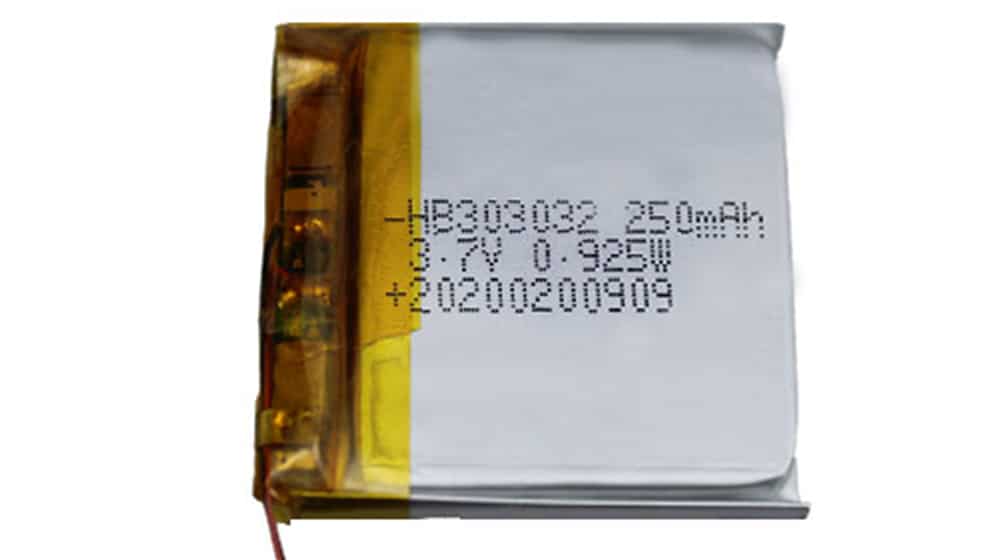- Curved Lithium Polymer battery
- Fast Charge Polymer Battery
- Flexible Polymer Lithium Battery
- Ultra-thin Polymer Battery
/ Blog / Battery Knowledge /
lithium polymer battery
Lithium polymer battery is a type of rechargeable battery in a small form factor. These batteries are ideal for mobile devices that need more than 3 watts but less than 7 watts, such as laptops and cell phones. Lithium polymer batteries were named for the mixture of lithium ions and polymers (a substance with large molecules) that make up their construction.
The lithium polymer battery was invented and created by researchers in the late 1980s. The first lithium polymer battery prototype was developed in 1994 for emergency medical use, and about 10 years after its creation, it was used on satellites and spacecraft. The lithium polymer battery has been used in mobile phones since 2004, which is when Sony produced the first commercially available mobile phone using a lithium ion battery.
Lithium polymer batteries are different from lithium ion batteries because they do not have a separator between the positive and negative electrodes. The polymers used within these batteries have a consistency similar to that of jelly, which is why they are often called gel cells. Lithium polymer batteries also have the advantage of being less likely to experience electrolyte leakage compared to other types of lithium ion batteries because there is no separator present.
The risk of electrolyte leakage even occurs with some non-lithium polymer models. While the battery is similar in appearance to other lithium ion batteries, the materials used within it are different from those of traditional lithium ion batteries. The liquid electrolyte that connects the positive and negative terminals inside a typical lithium ion battery is composed of potassium hydroxide or lithium hydroxide, which reacts with the graphite in the positive electrode during charging.
Another component of a useful lithium ion battery is graphite, which through chemical reaction with the electrolyte forms a solid mass called carbon dioxide pentoxide, which functions as an insulator. In a lithium polymer battery, however, the electrolyte is composed of poly(ethylene oxide) and poly(vinylidene fluoride), so there is no need for graphite or any other form of carbon. Polymers are materials that are large molecules, which can resist high temperature and certain corrosion.
The polymers used within lithium polymer batteries provide the material that develops a gel-like consistency when compared to other types of lithium ion batteries. The electrolyte is composed of an organic solvent that can be manufactured without lithium, so it becomes the most cost-effective type of battery.
Lithium polymer batteries are used in many applications because they are flexible and can endure high temperatures better than other types of lithium ion batteries. They also weigh less than their predecessors, which allows a user to hold a mobile device longer without experiencing discomfort or pain in their wrists and hands.
Prev: Lithium polymer battery
Next: Lithium polymer battery




